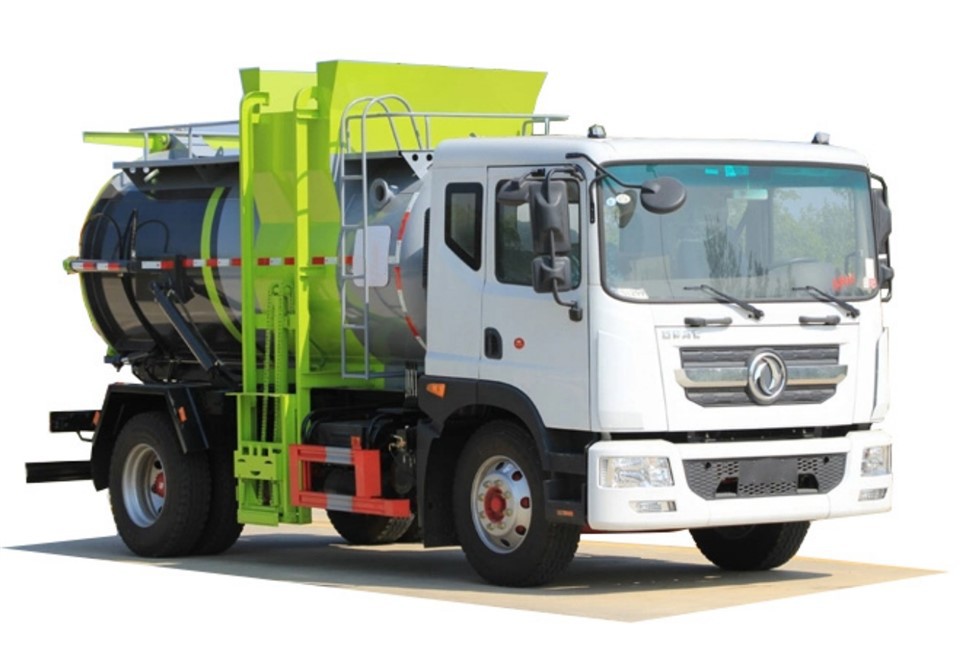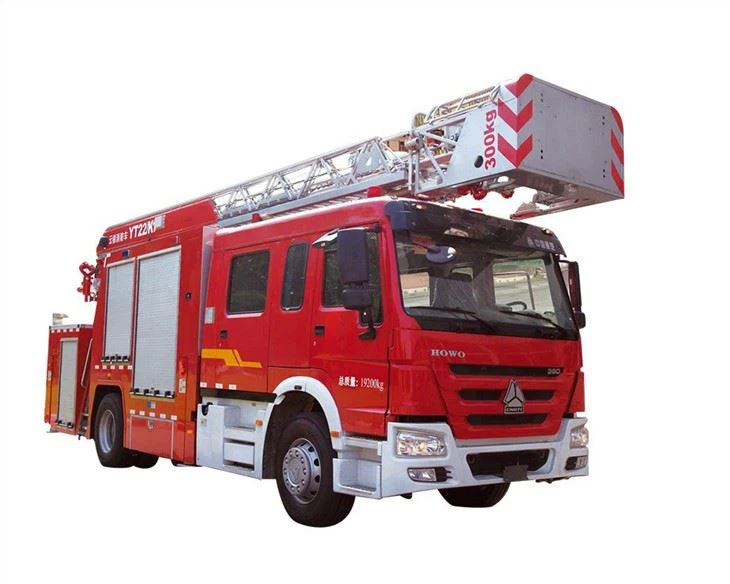Essential Guide to Garbage Truck Parts: Everything You Need to Know

Garbage trucks play a crucial role in urban waste management, ensuring our cities remain clean and sustainable. Understanding the components that make up these vehicles is essential for operators, maintenance teams, and manufacturers alike. In this article, we’ll dive deep into the various garbage truck parts, their functions, maintenance tips, and much more.
Understanding Garbage Trucks: An Overview
Before we explore the individual parts of garbage trucks, it is essential to understand what these vehicles are designed for and how they operate. Garbage trucks are specialized vehicles equipped to collect, transport, and unload waste materials. Their sophisticated designs and engineered parts are intended to optimize the efficiency of waste collection while minimizing environmental impact.
The Structure of a Garbage Truck
A garbage truck typically consists of several key components that work together to function effectively. Understanding these components helps in maintaining the vehicle and ensuring smooth operations.
Chassis
The chassis is the base frame of the garbage truck, onto which other parts are mounted. It supports the weight of the entire vehicle and houses the engine, transmission, and other key elements.
Compactor Body
The compactor body collects waste and compresses it for more efficient transport. Different types of compactor bodies, such as rear loaders and side loaders, cater to various waste management needs.
Cab
The cab is where the driver sits. It is equipped with controls, displays, and seating. Modern cabs often include ergonomic designs and safety features to protect the driver during operations.
Hydraulic System
Garbage trucks rely on hydraulic systems for many functions, including lifting and tilting the compactor body. Understanding the hydraulic components is crucial for maintenance and repair.
Main Garbage Truck Parts and Their Functions
Here, we detail the major parts of garbage trucks and their specific functions, helping you appreciate how they contribute to overall truck performance.
1. Engine
The heart of any garbage truck is its engine. Typically diesel-powered, engines are designed to deliver high torque and power to easily navigate urban streets filled with traffic and obstacles.
2. Transmission
The transmission is responsible for transferring power from the engine to the wheels. Garbage trucks usually use automatic transmissions that facilitate smooth gear shifts during different driving conditions.
3. Axles and Suspension
Garbage trucks require heavy-duty axles and suspension systems to bear the significant weight of collected waste. Heavy suspension aids in stability and handling, especially when turning on narrow streets.
4. Tires
Specialized tires reduce the risk of punctures and improve traction. It’s crucial to maintain adequate tire pressure for better fuel efficiency and safety.
5. Braking System
Garbage trucks typically use air brakes due to their strength and effectiveness on large, heavy vehicles. Understanding how air brakes work helps ensure better maintenance and safety.
6. Lifting Mechanism
This includes components like the lift arm and lifts for bins or containers. Understanding these parts is necessary to operate them safely and effectively.
7. Compaction System
The compaction mechanism compresses waste to maximize load capacity. Regular maintenance of this system ensures it operates smoothly and extends the lifespan of the truck.
8. Safety Features
Modern garbage trucks are equipped with advanced safety features. These include back-up cameras, sensor systems for detecting obstacles, and reinforced structures to protect the driver.
9. Control Systems
The control systems integrate various truck operations, such as hydraulic controls for the compaction system and lifting mechanisms. Well-maintained control systems improve overall efficiency.
10. Dump Bed
The dump bed is where the collected waste is stored before being discharged at a processing facility. Its design directly affects the ease of unloading.
Maintenance Tips for Garbage Truck Parts
Proper maintenance of garbage truck parts is essential for longevity and efficiency. Here are some practical tips:
Regular Inspections
Conducting regular inspections can prevent small issues from becoming major problems. Check for leaks, wear, and tear on hydraulic systems and brakes.
Fluid Changes
Ensure timely oil changes and the replacement of hydraulic fluids. Regularly changing fluids enhances engine performance and prolongs component life.
Tire Care
Inspect tires frequently for wear and check air pressure regularly. Rotating tires can also enhance their lifespan and performance.
Brake System Checks
Frequent brake inspection is crucial for safety. Ensure that air brakes are functioning properly and replace brake pads as needed.

Clean Components
Regularly clean key parts, especially the compaction system, to prevent wear due to accumulated debris. Proper cleaning can also enhance performance.
Document Maintenance
Keep a detailed record of all maintenance activities to identify patterns over time, which may indicate when specific parts may need replacement.
Examples of Garbage Truck Parts Suppliers
Finding quality suppliers for garbage truck parts is essential for operators and maintenance managers. Below are some reputable suppliers:
| Supplier Name | Location | Specialty |
|---|---|---|
| Wastequip | Ohio, USA | Compaction equipment |
| McNeilus | Delaware, USA | Rolloff containers, hydraulics |
| New Way Trucks | Iowa, USA | Custom-built garbage trucks |
| Peterbilt | California, USA | Heavy-duty trucks and parts |
Advanced Technologies in Garbage Truck Parts
Innovative technologies are redefining garbage truck operations and components. Here are some examples:
1. Telematics
Telematics systems allow fleet managers to track real-time location and vehicle performance, facilitating better route management.
2. Smart Sensors
Modern trucks are equipped with sensors for monitoring load weights and detecting obstacles, improving safety and efficiency.
3. Alternative Fuel Sources
Electric and hybrid garbage trucks are coming into use, reducing emissions and operational costs over time.
Challenges Facing Garbage Truck Parts
Due to the demanding nature of their work, garbage truck parts face several challenges:
1. Wear and Tear
Heavy usage leads to wear and tear, particularly in hydraulic systems and brakes. Regular assessments can mitigate this issue.
2. Environmental Conditions
Extreme weather conditions can affect the performance and lifespan of various parts. Operators should consider these factors when planning maintenance.
3. Supply Chain Issues
Shortages of specific components can hinder maintenance schedules. Building relationships with multiple suppliers can help alleviate this challenge.
FAQ Section
1. What are the main parts of a garbage truck?
The main parts of a garbage truck include the chassis, engine, transmission, compactor body, cab, hydraulic system, and braking system.
2. How can I extend the life of garbage truck parts?
Regular inspections, appropriate maintenance, timely fluid changes, and adhering to the manufacturer’s guidelines can extend the life of garbage truck parts.
3. What type of brakes do garbage trucks use?
Most garbage trucks use air brakes due to their strength and effectiveness in heavy vehicles.

4. How often should garbage truck parts be inspected?
It is recommended to inspect garbage truck parts at least once a month and more frequently for critical components like brakes and hydraulic systems.
5. Are there eco-friendly garbage truck options?
Yes, there are electric and hybrid garbage trucks that reduce emissions and can be more cost-effective in the long run.

6. Where can I find replacement parts for garbage trucks?
Replacement parts can be sourced from specialized suppliers, manufacturers, or dealers that focus on waste management equipment.
